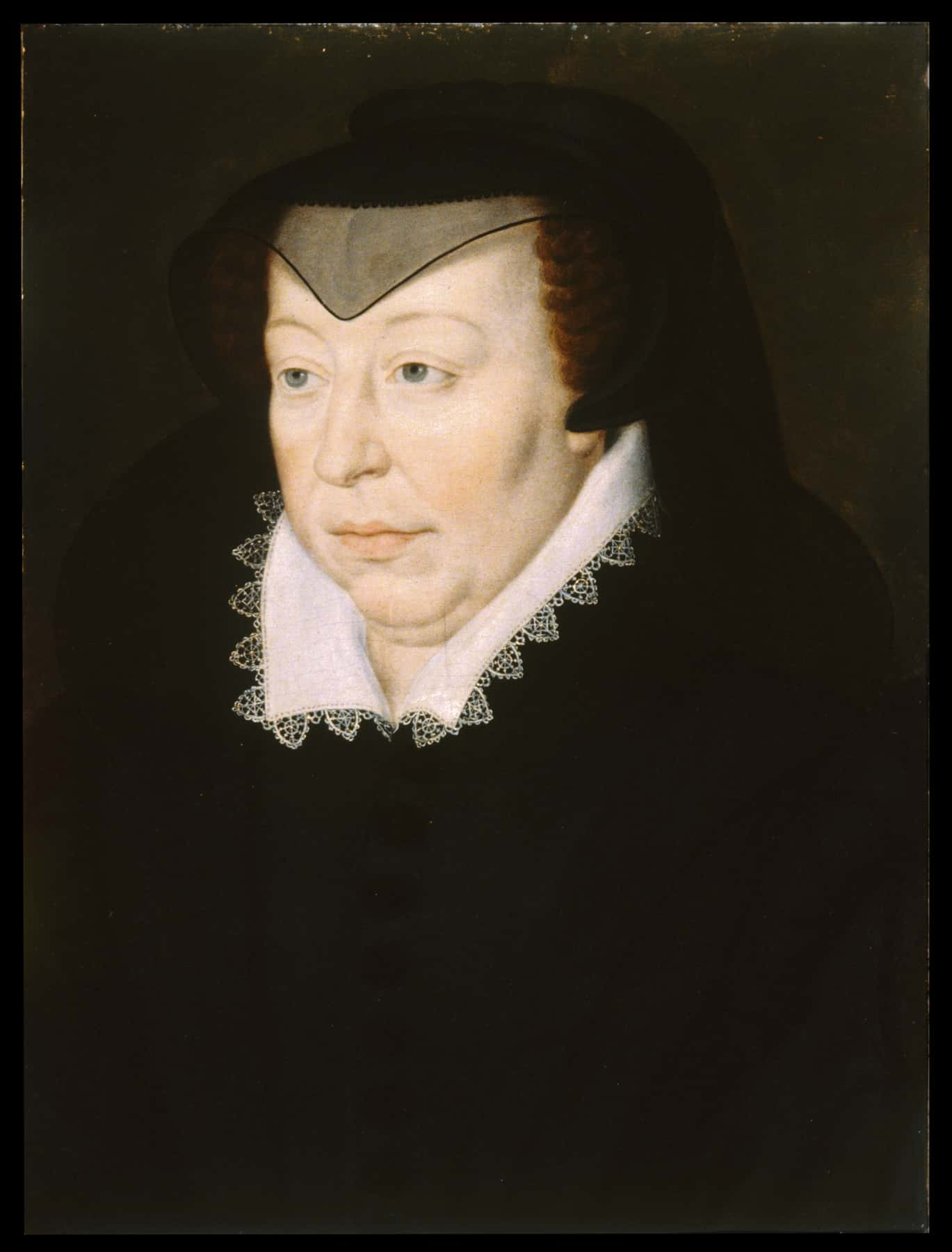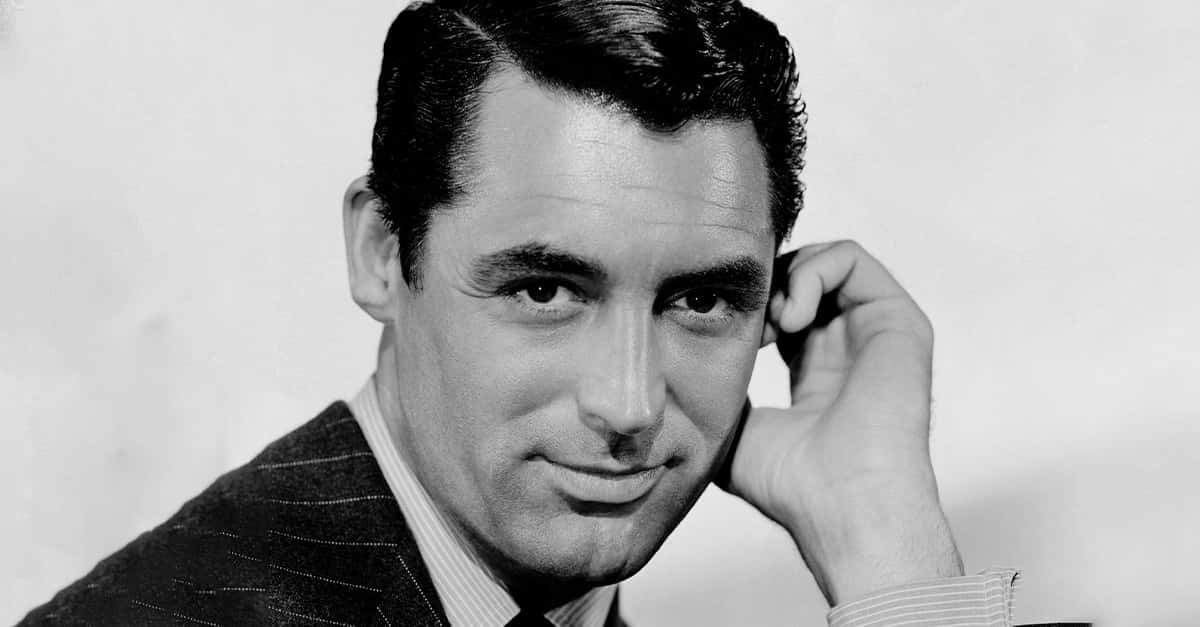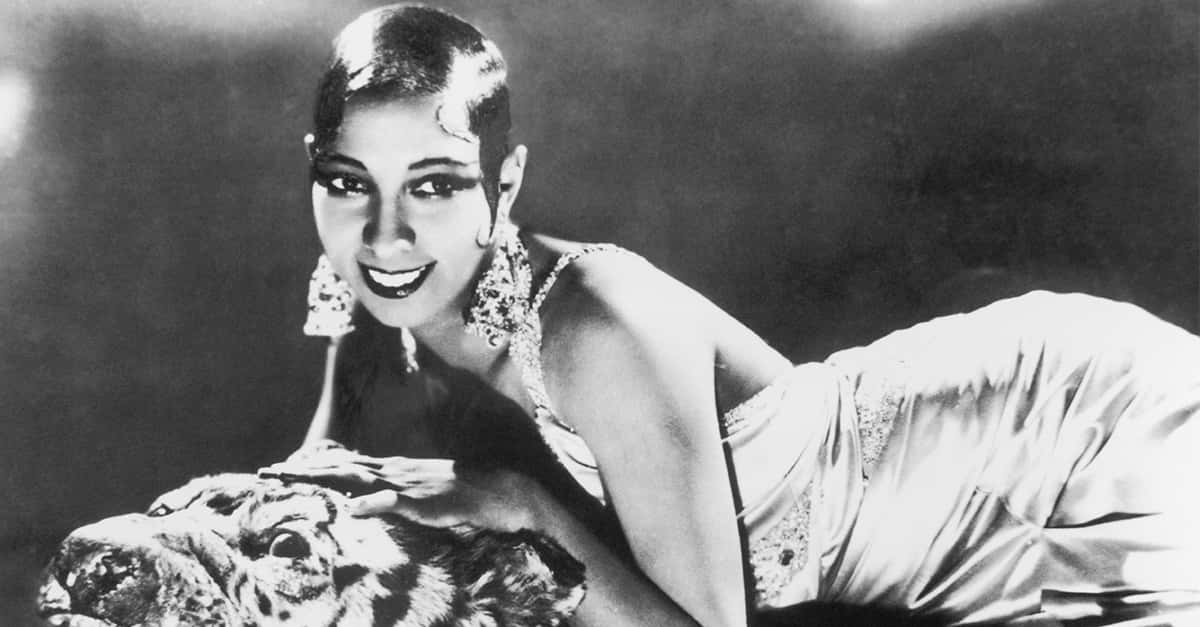Groundhog Day And Other Strange Animals That Predict Our Futures
Puxtasawney Phil saw his shadow on February 2, indicating North America would be forced to endure six more weeks of winter. Sure, this might seem like a quirky way to predict the weather, but weather prognostication is much older and centers around the European tradition of Candlemas. Let's explore the origins of Groundhog Day and what other animals we use to predict weather, sport, and more.
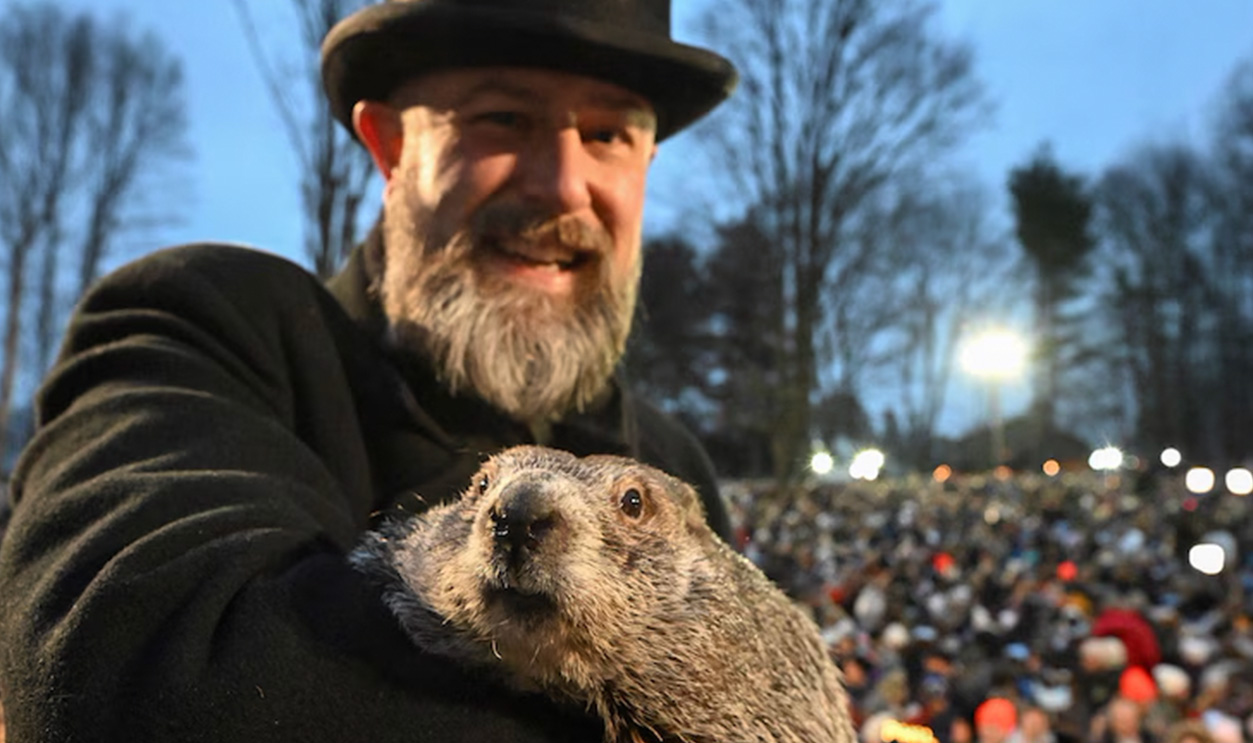
The Origins Of Groundhog Day
Let's examine the origins of one of the oldest civic celebrations in American history. It was established in Pennsylvania, just 100 years after America celebrated its first Independence Day, also in Pennsylvania.
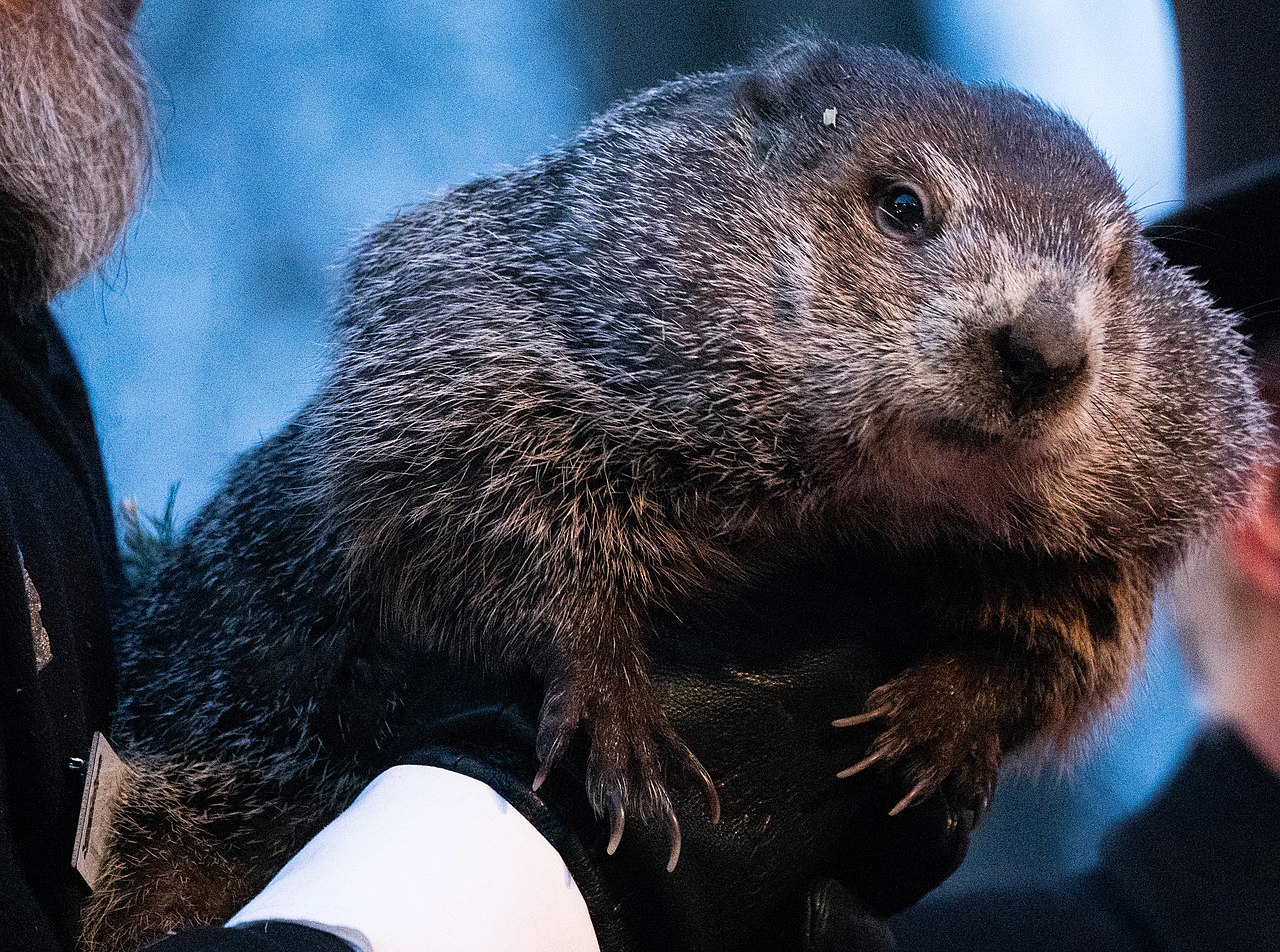 Anthony Quintano, CC BY 2.0, Wikimedia Commons
Anthony Quintano, CC BY 2.0, Wikimedia Commons
Candlemas: The Feast Of Presentation
Officially known as the Presentation Of Jesus Christ, dating back to when Mary and Joseph presented Jesus at the Temple in Jerusalem, the festival began during Roman times, first appearing in 541 AD, after being established by the Roman Emperor, Justin. A great feast marked this commemoration and is one of the 12 Great Feasts in Christianity.
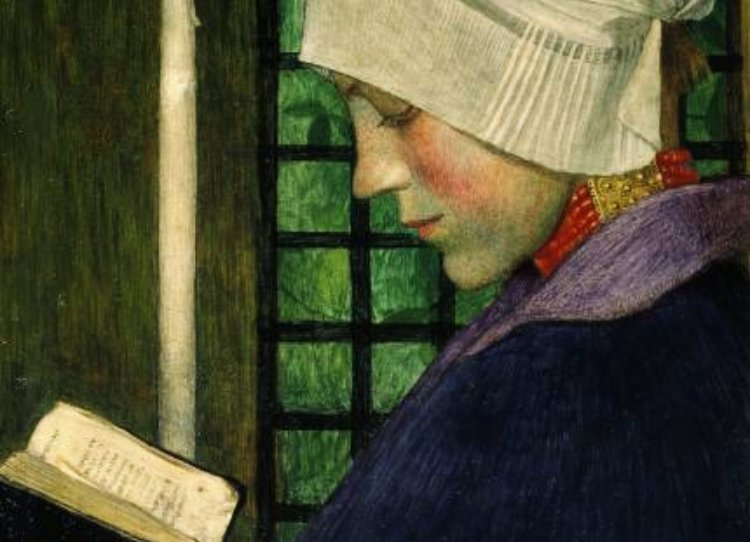 Marianne Stokes, Wikimedia Commons
Marianne Stokes, Wikimedia Commons
February 2: The Midway Point Between Christmas & Spring
Candlemas is generally considered the midway point between Christmas and Spring and is celebrated on February 2, 40 days after Christmas. This is why Groundhog Day is celebrated on February 2nd, as its Pennsylvanian originators would have been Christians who celebrated Candlemas.
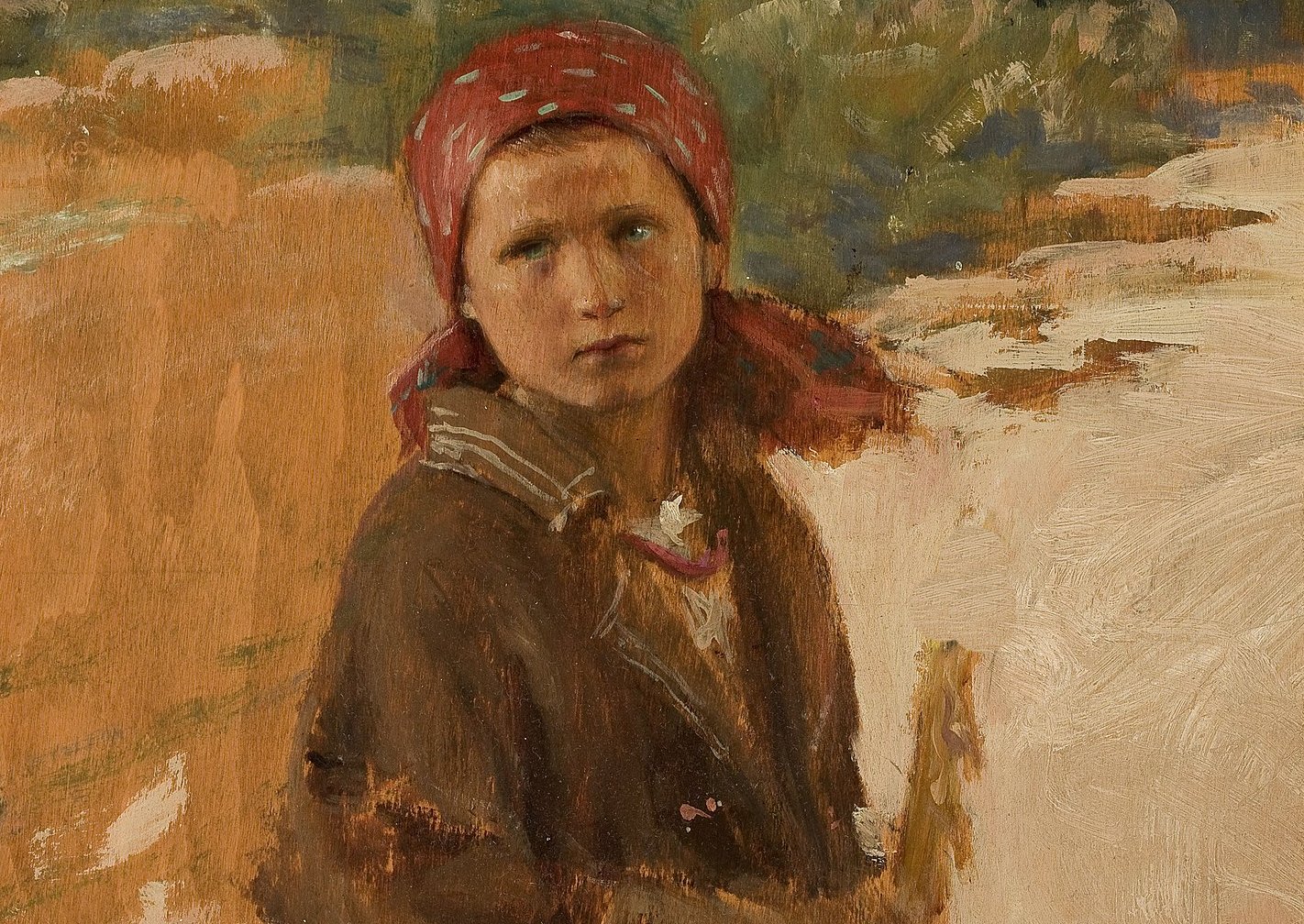 Teodor Axentowicz, Wikimedia Commons
Teodor Axentowicz, Wikimedia Commons
Sunny Day? Forty More Days Of Winter
Some Europeans developed a belief about the weather: if Candlemas were a sunny day, there would be 40 more days of winter. If it were overcast, Spring would arrive early. This belief is the origin of Punxsutawney Phil's " shadow-seeing".
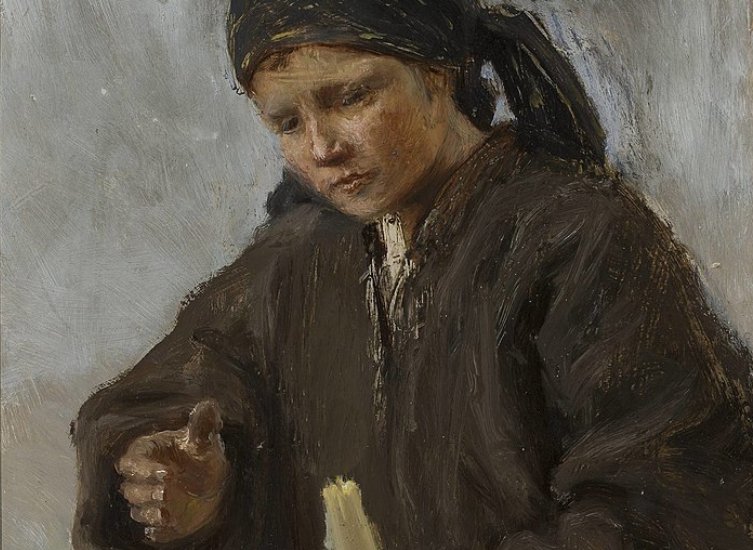 Teodor Axentowicz, Wikimedia Commons
Teodor Axentowicz, Wikimedia Commons
The German Take On Candlemas
Germans developed their version of the assumption that if Candlemas fell on a sunny day, there would be 40 more winter days. They said there would be only 40 more days of winter if a badger saw its shadow.
 JASpencer, CC BY-SA 3.0, Wikimedia Commons
JASpencer, CC BY-SA 3.0, Wikimedia Commons
The Custom Migrates To America
When Germans migrated and settled in the United States aboard the Mayflower and during the American Revolution, they brought the custom of Candlemas with them. Many Germans settled in Pennsylvania, where the first Groundhog Day was celebrated.
 Springfield College Archives and Special Collections, Picryl
Springfield College Archives and Special Collections, Picryl
Clymer Freas: The Man Behind Groundhog Day
The first Groundhog Day in the United States was observed on February 2, 1886, in Punxsutawney, Pennsylvania. It was the brainchild of local newspaper editor Clymer Freas, who sold a group of local businessmen and groundhog hunters on the idea that groundhogs predicted the coming of Spring, or an elongated winter.
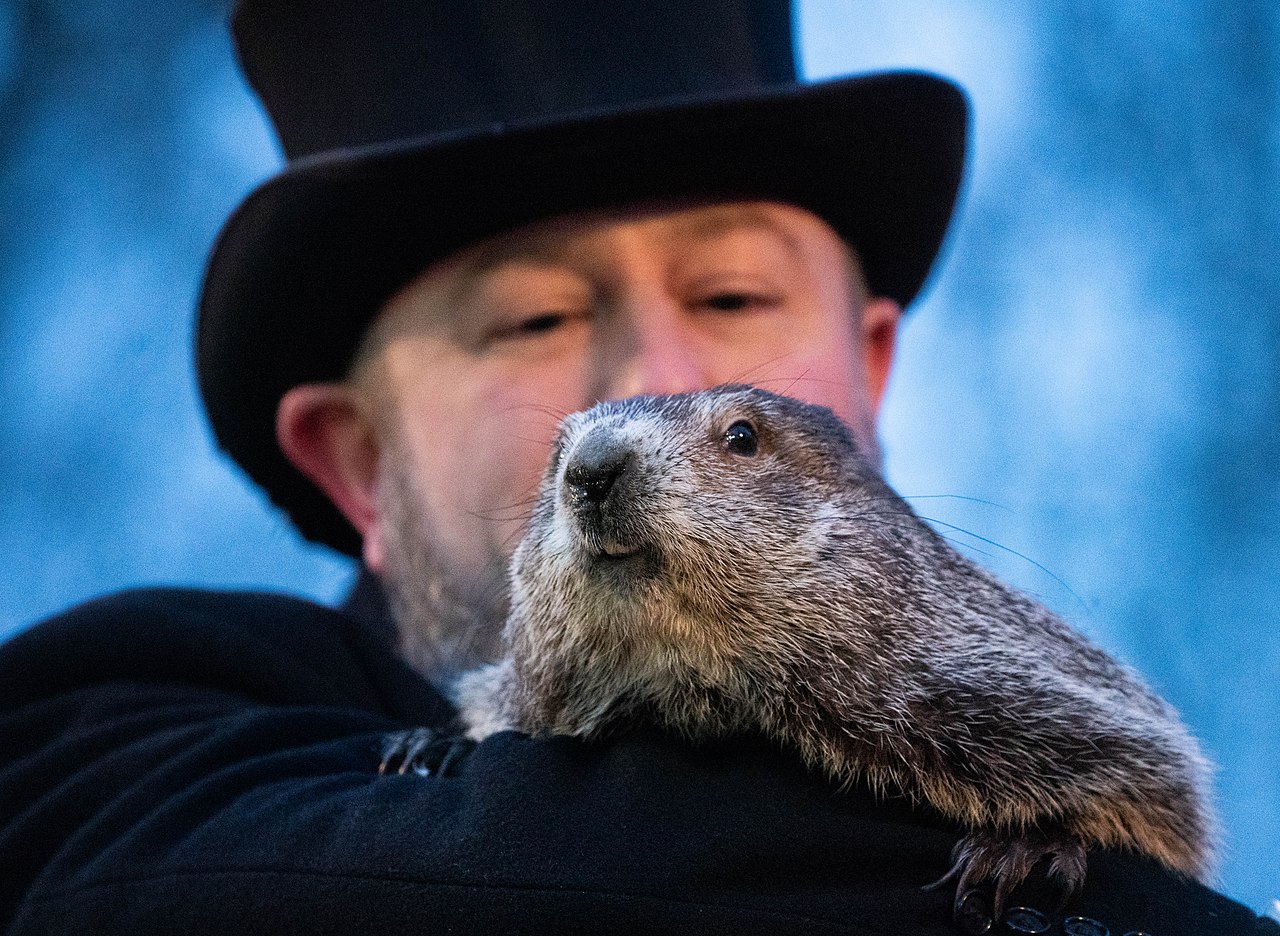 Anthony Quintano, CC BY 2.0, Wikimedia Commons
Anthony Quintano, CC BY 2.0, Wikimedia Commons
The First Groundhog Day
On the first Groundhog Day in 1887, it's said that the men trekked to a site known as Gobbler's Knob, a wooded area where Punxsutawney Phil can be seen each year. On the first "Groundhog Day", Punxsutawney Phil made a dire prediction: six more weeks of winter.
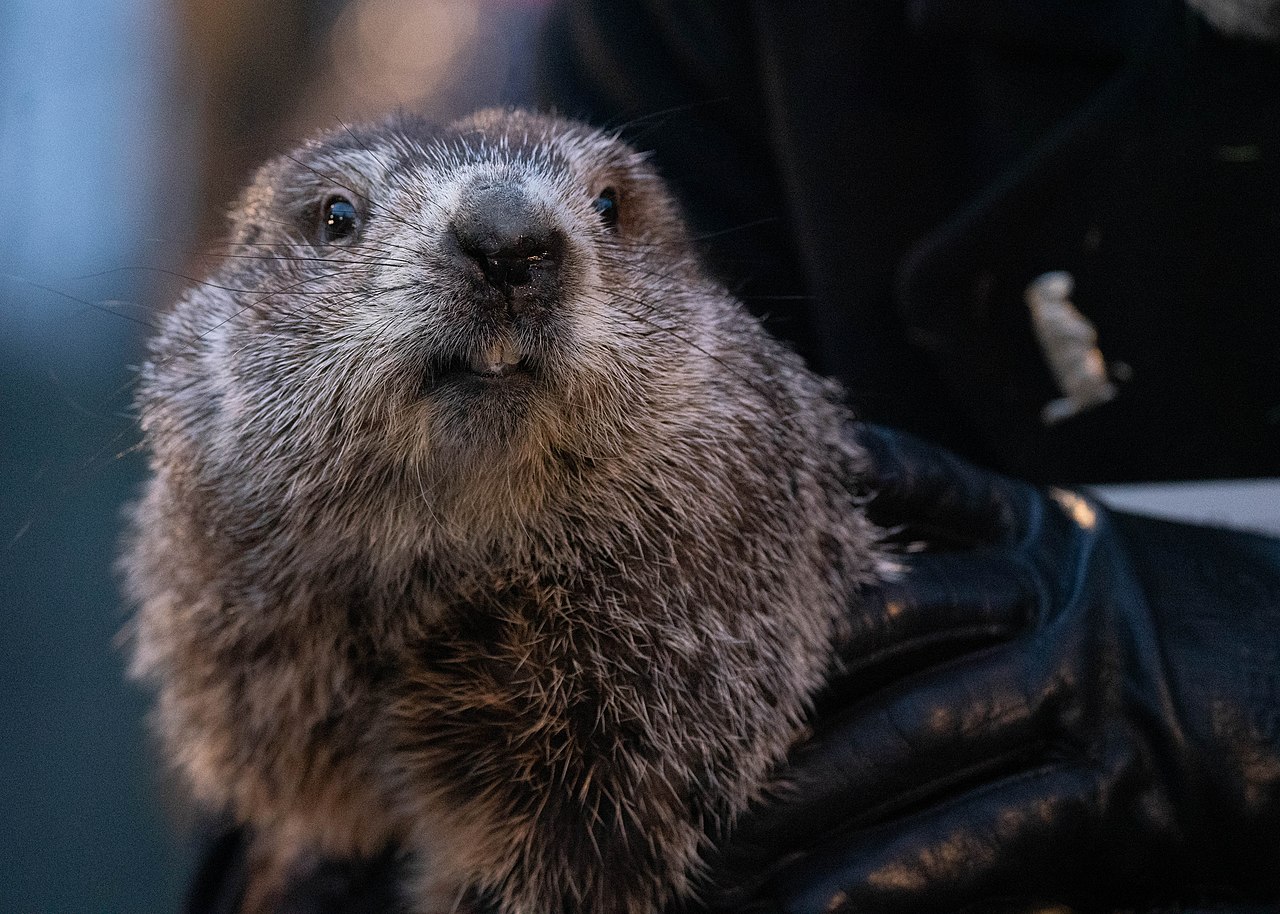 Anthony Quintano, CC BY 2.0, Wikimedia Commons
Anthony Quintano, CC BY 2.0, Wikimedia Commons
The Inner Circle
The "Inner Circle" is the name given to those who carry out the ceremony of Groundhog Day. Initially, these were members of the Punxsutawney Elks Lodge, beginning with the practice of hunting groundhogs for food. They wore top hats and 19th century dress. Today, they still dress like this, but no groundhog hunting takes place.
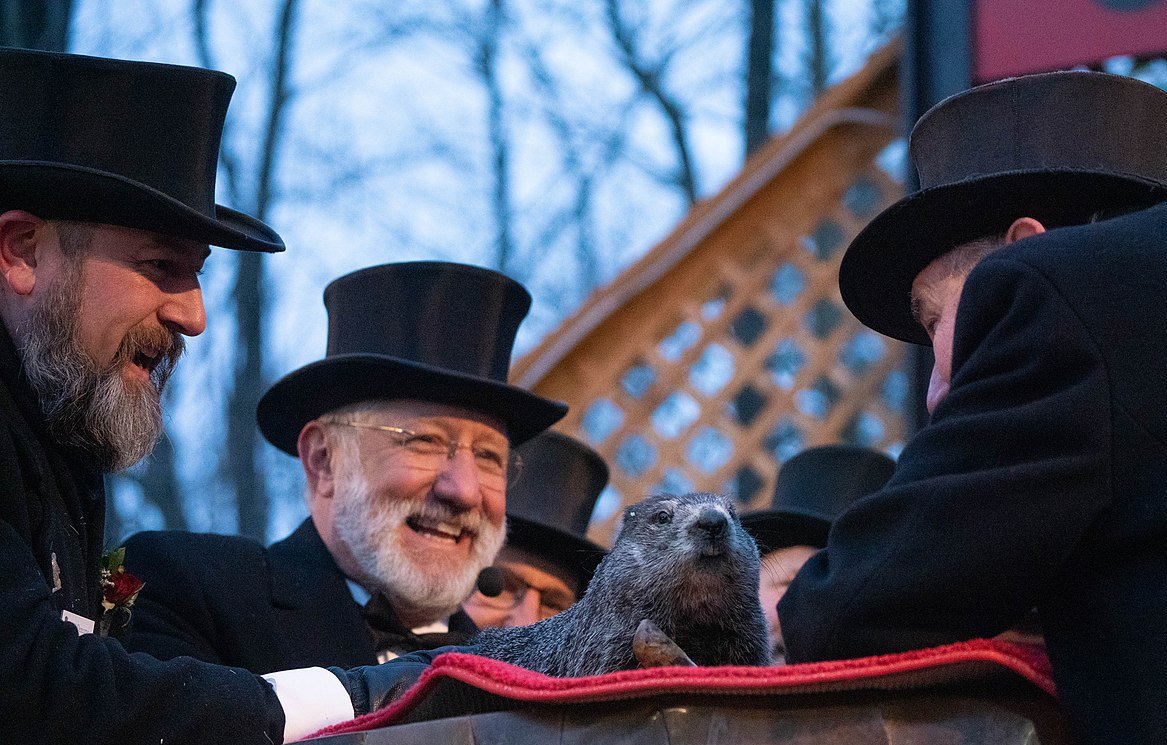 Anthony Quintano, CC BY 2.0, Wikimedia Commons
Anthony Quintano, CC BY 2.0, Wikimedia Commons

History's most fascinating stories and darkest secrets, delivered to your inbox daily.
Groundhogese
Members of the "Inner Circle" reportedly can speak a made-up language known as "Groundhogese" and conduct the entire ceremony of Groundhog Day from Gobbler's Knob in the Pennsylvanian Dutch dialect. The Pennsylvania Dutch dialect reportedly has around 300,000 native speakers in North America.
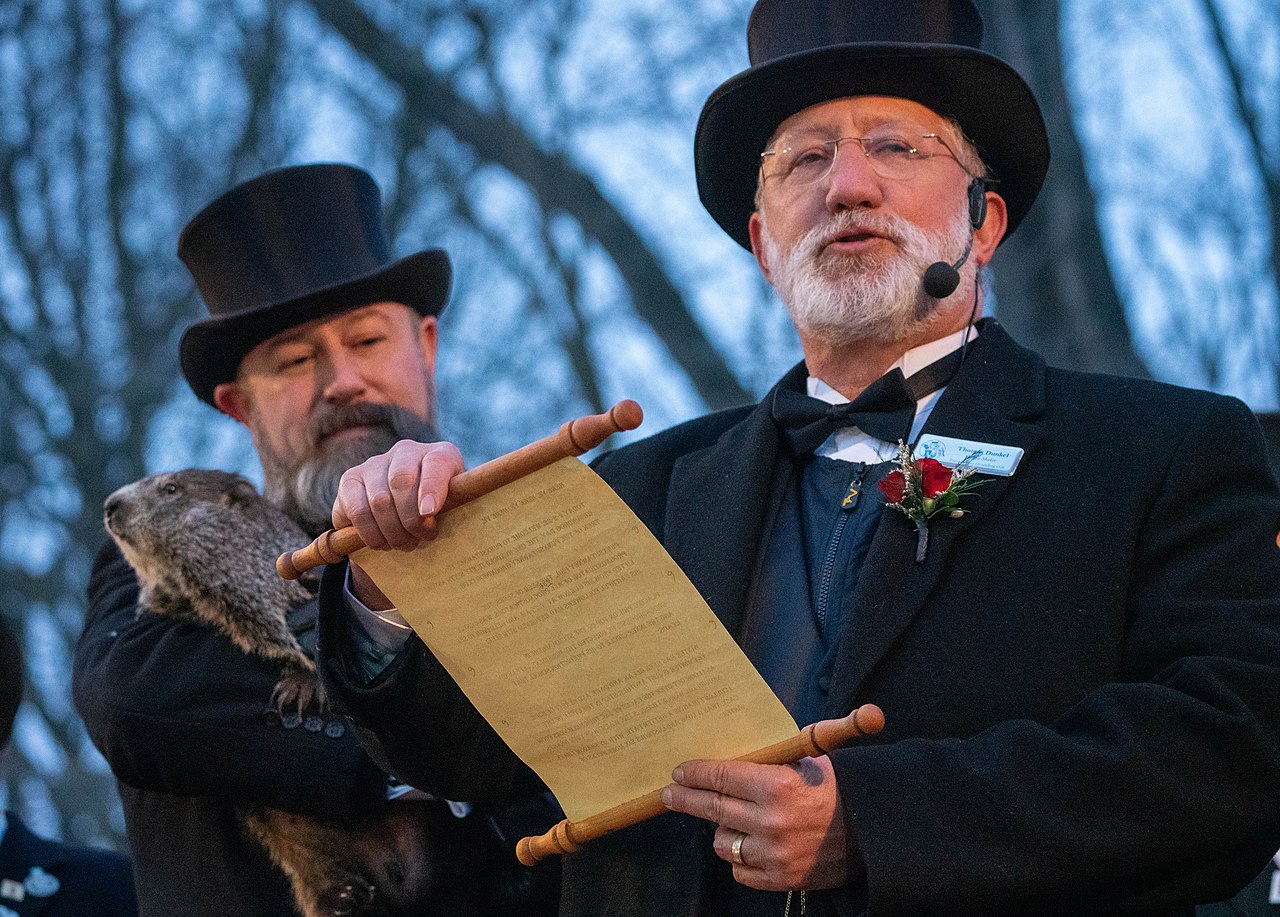 Anthony Quintano, CC BY 2.0,Wikimedia Commons
Anthony Quintano, CC BY 2.0,Wikimedia Commons
Drawing The Crowds
Whether it's the Pennsylvania Dutch, the cute rodent on the hill, or the intrigue of the whole thing—Groundhog Day celebrations in Punxsutawney in particular draw a crowd of around 6,000 people.
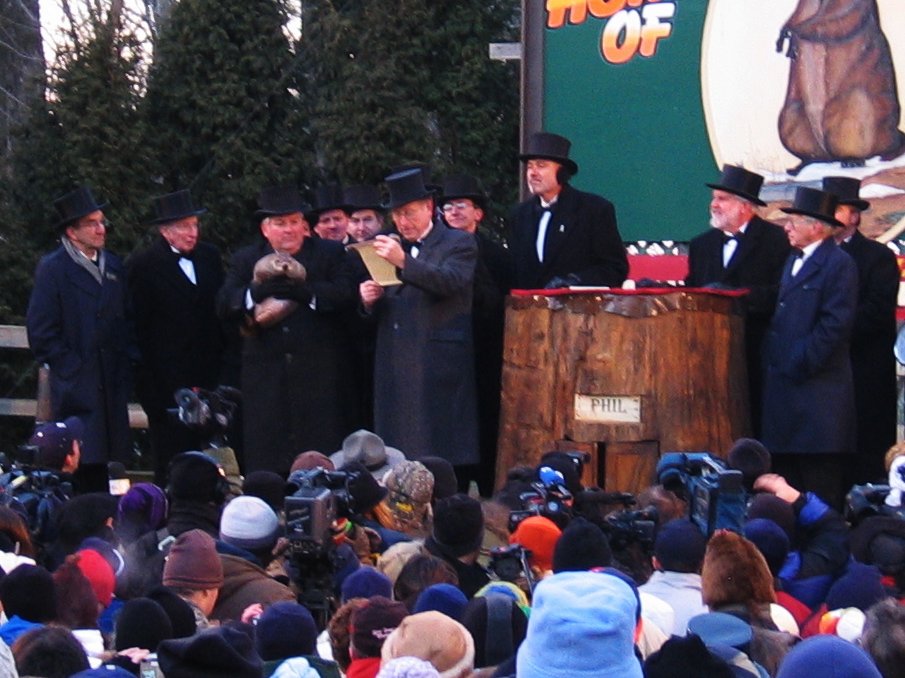 Aaron Silvers, CC BY 2.0, Wikimedia Commons
Aaron Silvers, CC BY 2.0, Wikimedia Commons
A Slightly Different Take In Southeastern Pennsylvania
In southeastern Pennsylvania, although Groundhog Day is still observed with a celebration of food and festivities, the event is only observed in a Pennsylvania German dialect, with those who speak English being forced to pay a small penalty— usually a nickel, dime, or quarter—per word spoken.
 anoldent, CC BY-SA 2.0, Wikimedia Commons
anoldent, CC BY-SA 2.0, Wikimedia Commons
Chuck The Liar
In the town of Manchester, Connecticut, a woodchuck (another name for a groundhog) named Chuckles has been offering his own shadow-seeing weather prognostications since 1968. According to tradition, held by the town mayor, Chuck "whispers his prediction into the ear of the town mayor", who's the only official in Connecticut who speaks "Groundhogese".
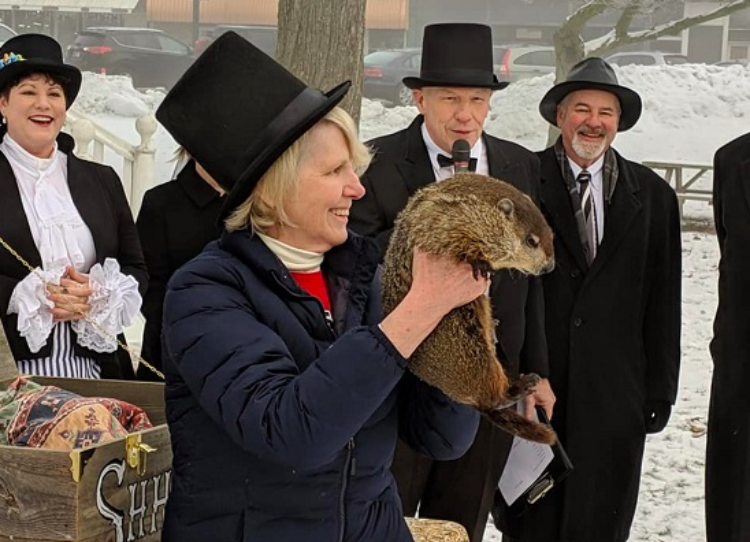 Blueporch, CC BY-SA 4.0, Wikimedia Commons
Blueporch, CC BY-SA 4.0, Wikimedia Commons
Chuck The Liar (Cont'd)
In 2024, Chuckles, along with Punxsutawney Phil, didn't see his shadow, thus predicting an early spring. But when Winter Storm Birch arrived a few days later, Chuckles was dubbed "Chuck The Liar" and a police department in Guildford, CT issued a warrant for his arrest. Fortunately for Chuckles, after turning himself in, he was released after his "good community service and previous accuracy" was taken into account.
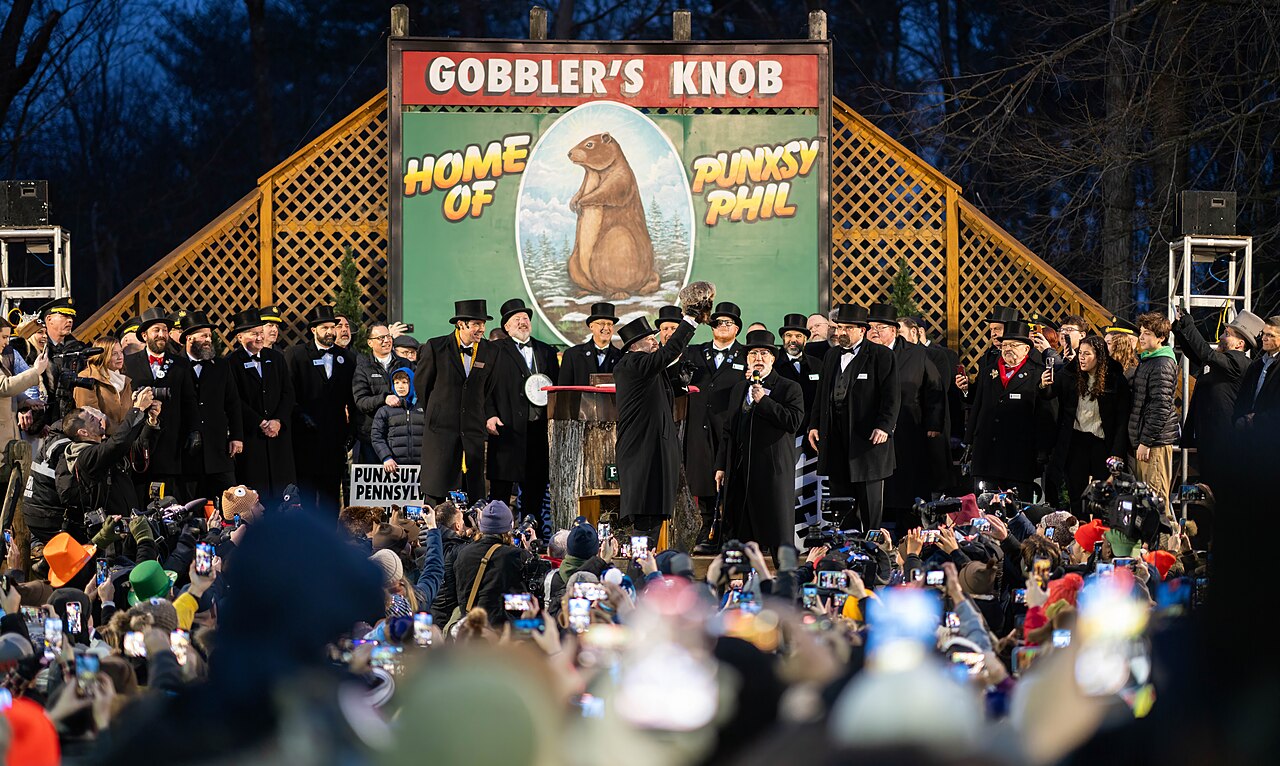 Anthony Quintano, CC BY 2.0, Wikimedia Commons
Anthony Quintano, CC BY 2.0, Wikimedia Commons
Only One Punxsutawney Phil
Part of the fun of the myth surrounding Punxsutawney Phil is that there's only ever been one groundhog that's been making these predictions for the last 140 years. Of course, this is impossible but the legend has it that members of the Inner Circle go up Phil's Stump every summer and give him an "elixir of life", and have done so since 1887.
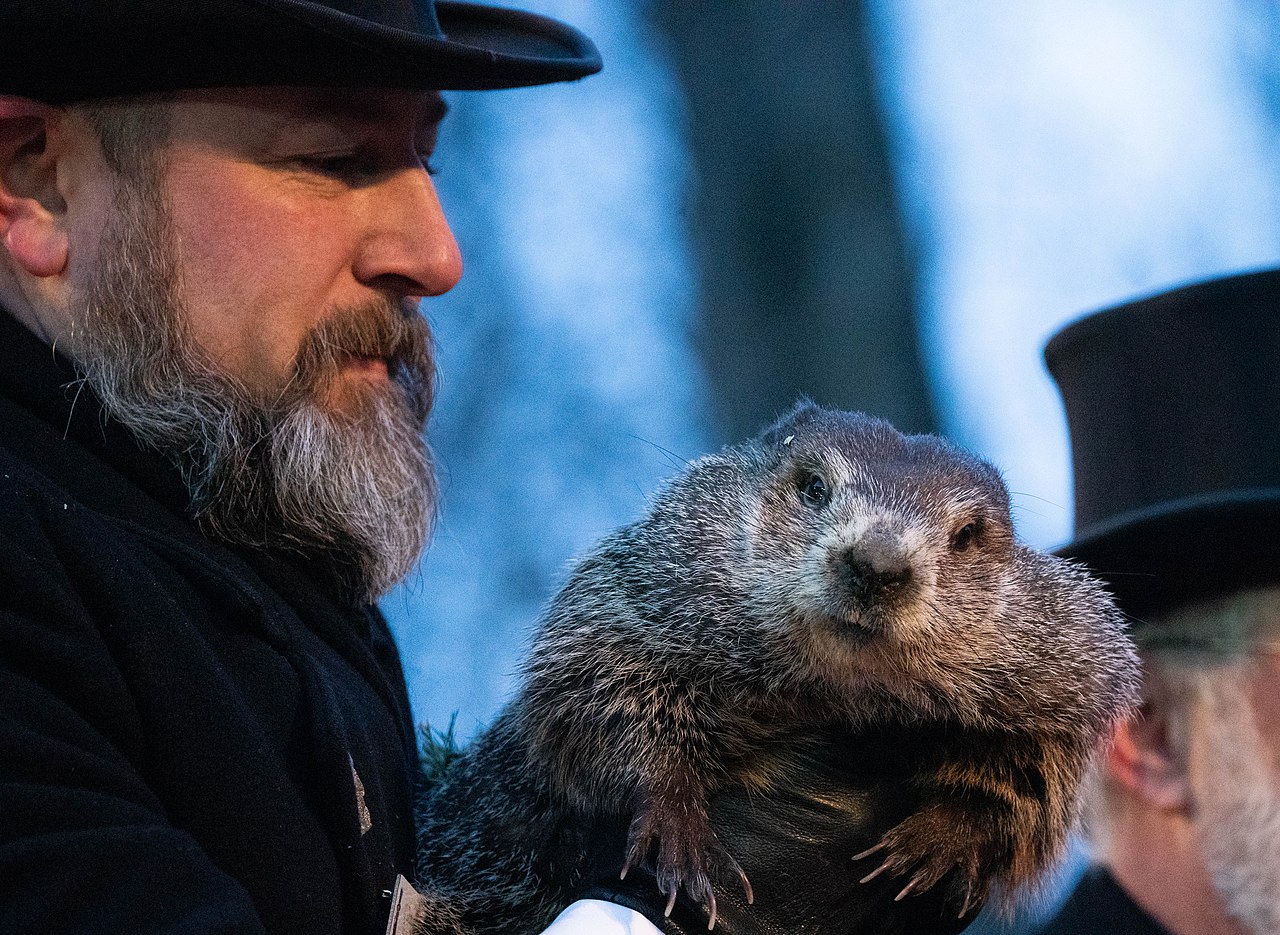 Anthony Quintano, United States, CC BY 2.0, Wikimedia Commons
Anthony Quintano, United States, CC BY 2.0, Wikimedia Commons
Punxsutawney Phil's Wife And Children
While lore stipulates there can only be one Punxsutawney Phil, Phil does have a "wife"—a groundhog partner named Phyllis and the pair have twins, making Phil the first father to be Puxtasawney's Prognosticator Extraordinaire.
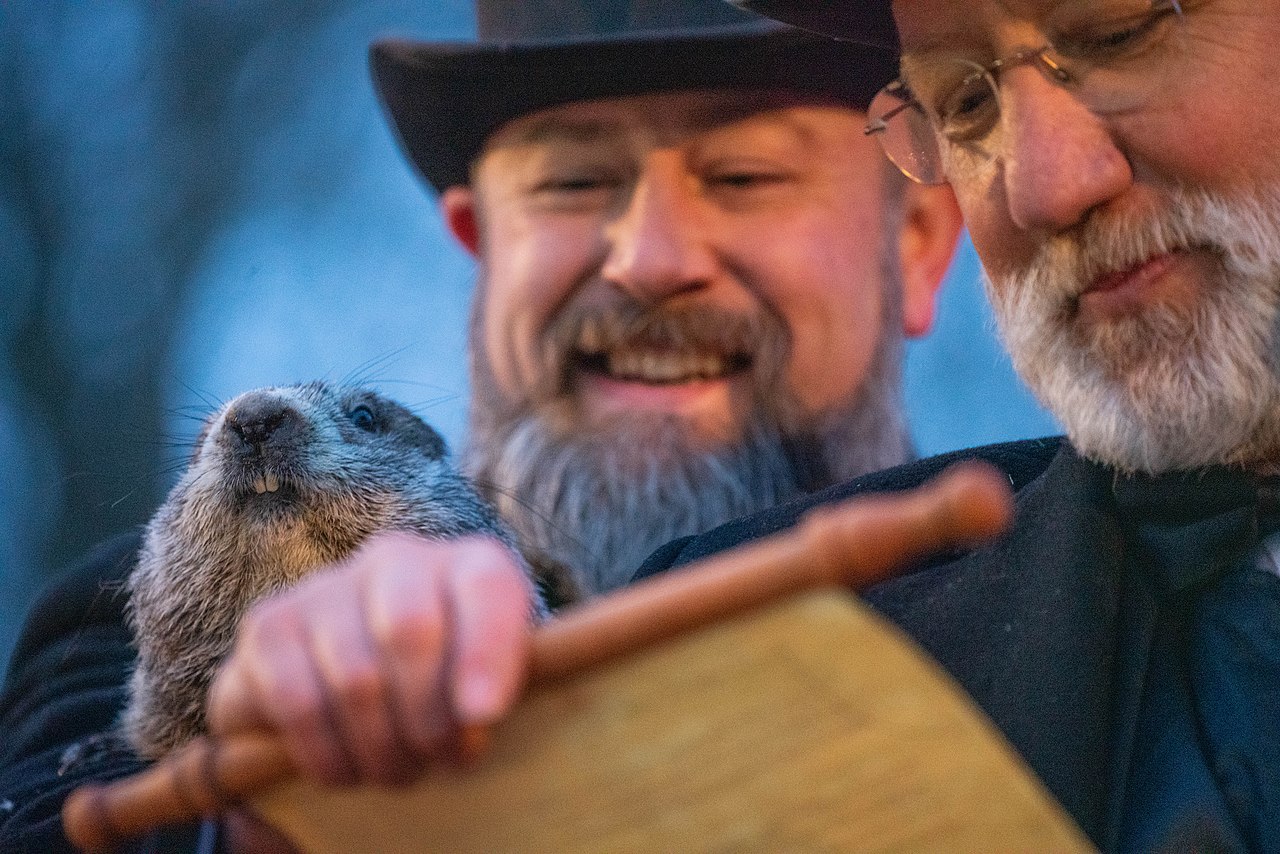 Anthony Quintano, CC BY 2.0, Wikimedia Commons
Anthony Quintano, CC BY 2.0, Wikimedia Commons
Groundhog Day In Canada
As the celebration isn't observed outside of the United States and Canada, the Canadians had to come up with a variation of Groundhog Day. This began in 1956 in the town of Wiarton, Ontario, when Wiarton Willie was given the task of deciding whether the winter-weary Canadians would see six more weeks of the white stuff, or an early spring.
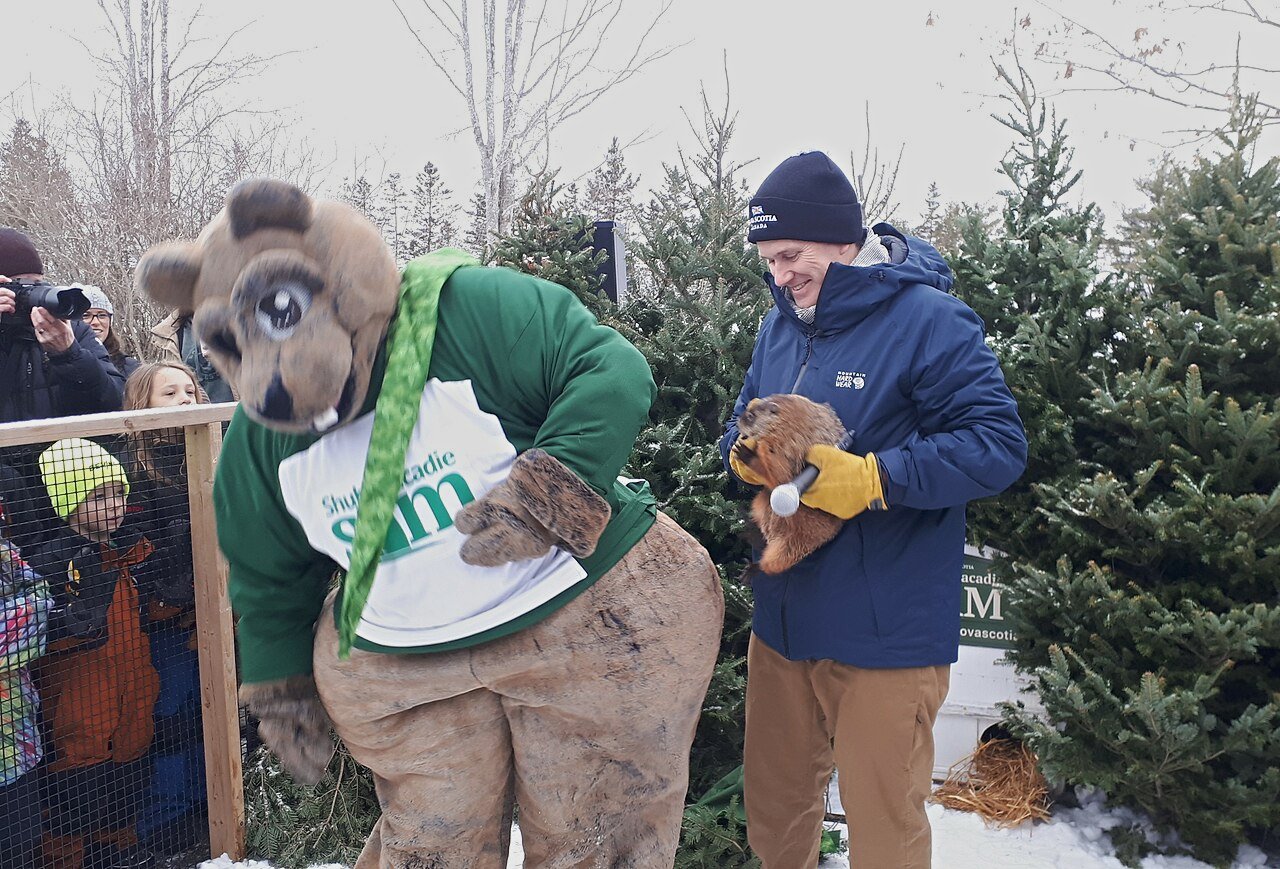 Dan Conlin, CC BY 4.0, Wikimedia Commons
Dan Conlin, CC BY 4.0, Wikimedia Commons
Groundhog Day: The Movie
Groundhog Day became such a phenomenon across America that they made a movie about it. Groundhog Day (1993) is a comedy starring Bill Murray wherein a news reporter lives the same over and over again, whilst reporting on the prognosticating of Punxsutawney Phil.
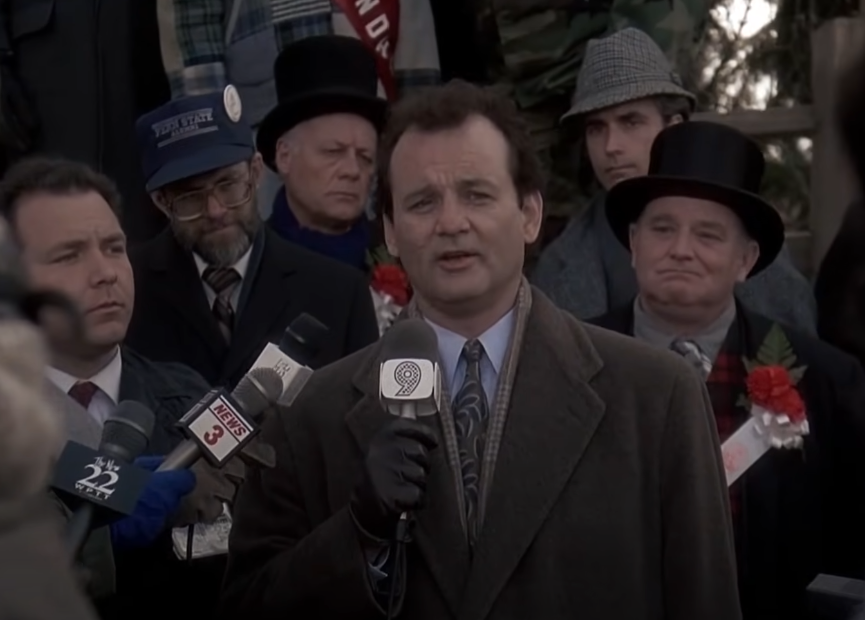 Columbia, Groundhog Day (1993)
Columbia, Groundhog Day (1993)
How Accurate Is Punxsutawney Phil?
While most of us swear by the accuracy of groundhogs for our weather, studies from the National Climatic Data Center tell us that Phil is only 50% accurate with his predictions. Meanwhile, Staten Island's resident rodent meteorologist, Chuck (of course), is up to 80% accurate with his own shadow-seeing prognosticating.
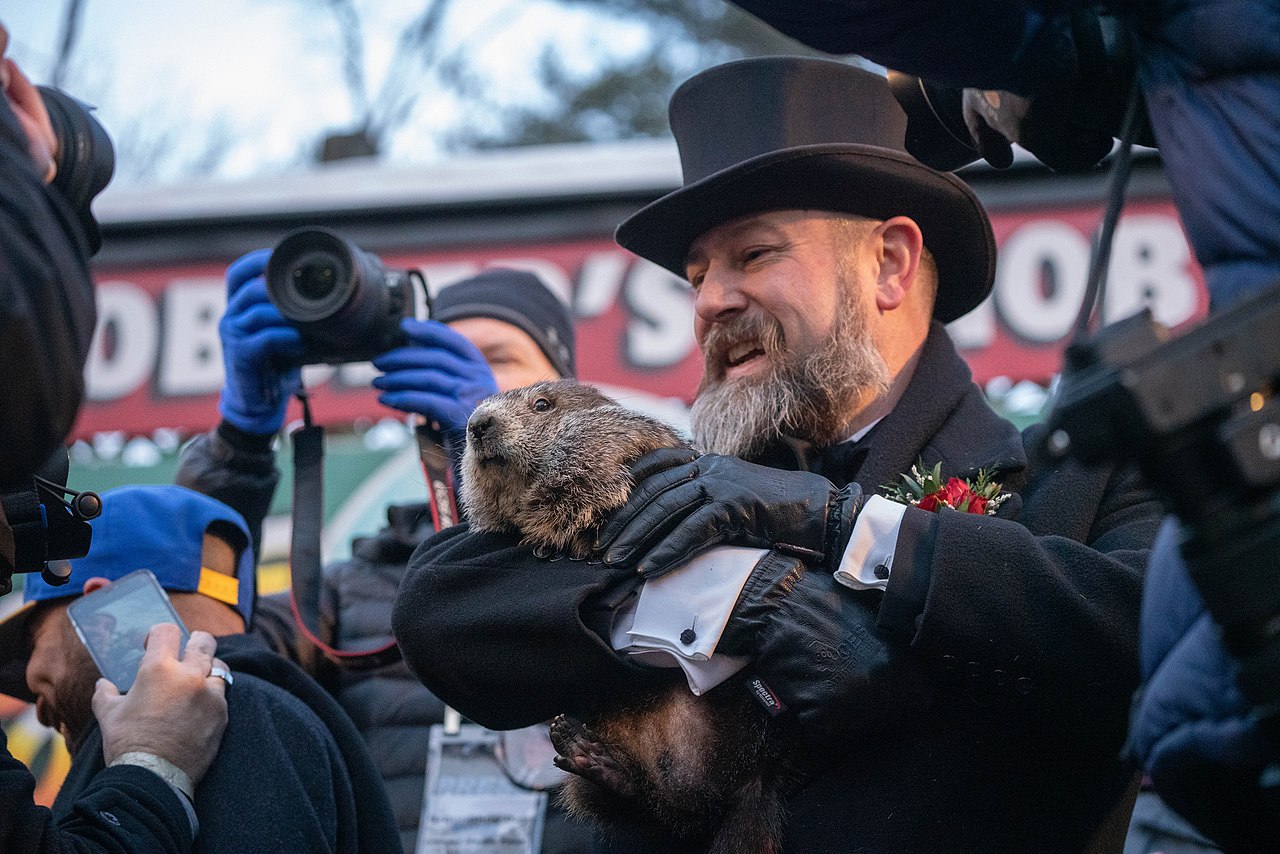 Anthony Quintano, CC BY 2.0, Wikimedia Commons
Anthony Quintano, CC BY 2.0, Wikimedia Commons
Other Animals That Are Used To Predict The Future
Prognostication isn't just limited to rodents like groundhogs and badgers. No, we humans have handed the task of future-predicting to other animals, too, from octopuses, to woolly bear caterpillars, parrots and crocodiles.
 Tilla, CC BY-SA 3.0, Wikimedia Commons
Tilla, CC BY-SA 3.0, Wikimedia Commons
Polly The Profiteering Parrot
In South Korea in 2009, Ddalgi, a parrot, finished a six-week contest by pecking with her beak at the market trend prediction. She received a higher return on investment than all but two human participants in the predictions, returning 13.7%, compared to a human-averaged loss of 4.6%.
Paul The World Cup Winning Octopus
Paul, an Octopus who lived at a German museum in 2010, correctly predicted the results of 10 World Cup matches in 2010, including the eventual winner of the World Cup: Spain.
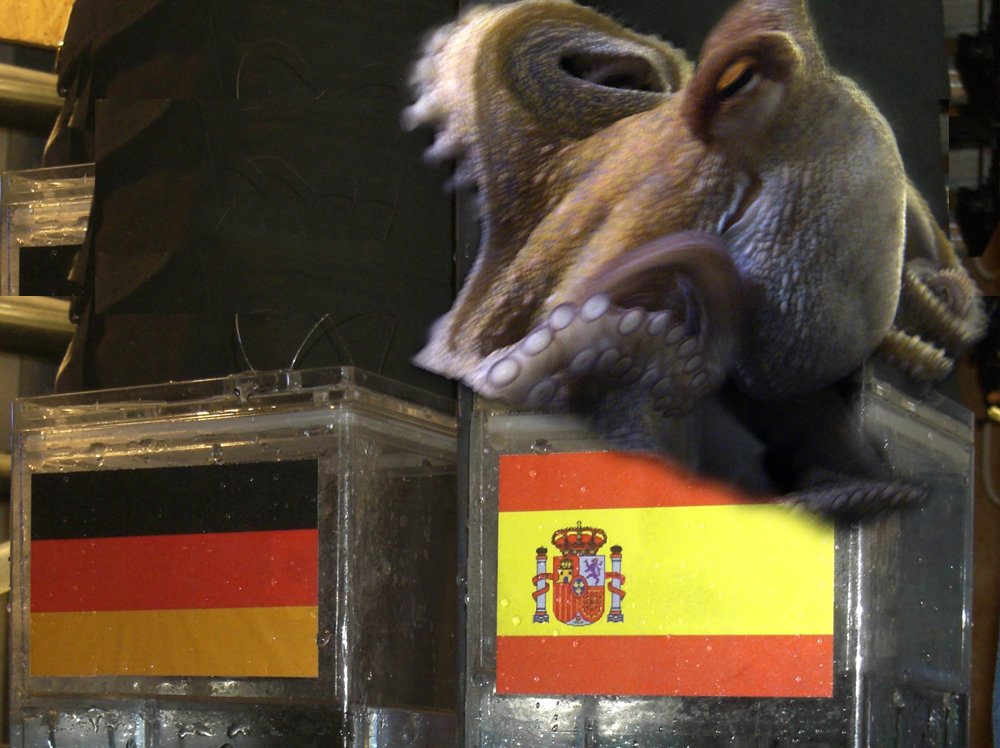 Oktopus-Orakel_Paul_mit_Schuh.JPG: Tilla, CC BY-SA 3.0, Wikimedia Commons
Oktopus-Orakel_Paul_mit_Schuh.JPG: Tilla, CC BY-SA 3.0, Wikimedia Commons
An Orangutan Predicting The Super Bowl
We'll see whether this year's predictions bear any fruit, but the Topeka Zoo in Kansas has allowed their orangutans to predict the winner of the Super Bowl, along with a few other zoos in America, by giving them two different football helmets with the corresponding teams. Their accuracy is reportedly much lower than that of Punxsutawney Phil.
 Nightryder84, CC BY-SA 3.0, Wikimedia Commons
Nightryder84, CC BY-SA 3.0, Wikimedia Commons
Waking Up The Groundhog Causes Controversy
As groundhogs aren't as active in the winter months, they must be woken up from their slumbers at sunrise in Punxsutawney, PA, to give their precipitous prediction. Unfortunately, waking up Punxsutawney Phil and other such rodents from their wintry slumbers has animal rights activists calling for the cancellation of Groundhog Day altogether.
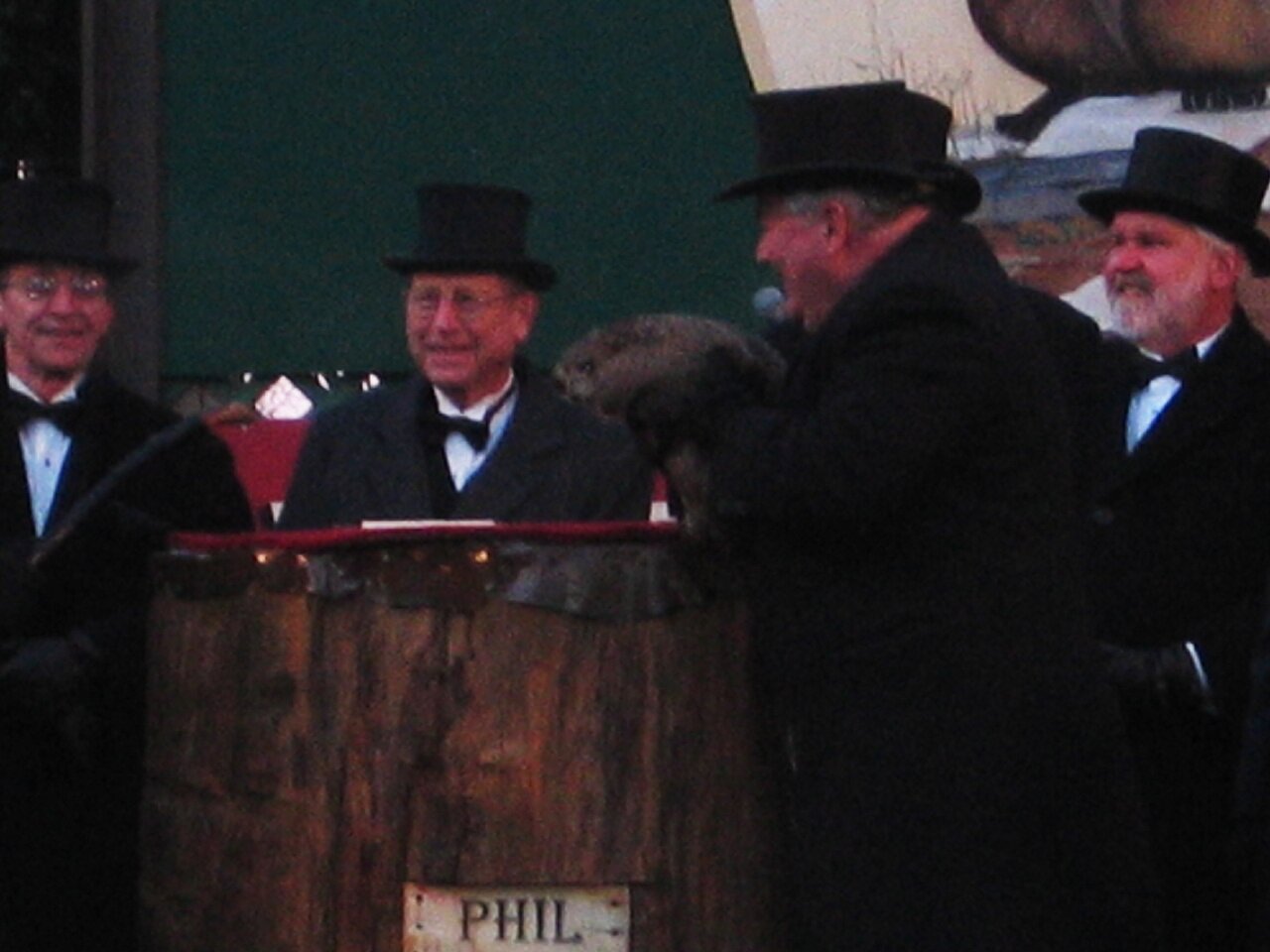 Silvers Family, CC BY-SA 2.0, Wikimedia Commons
Silvers Family, CC BY-SA 2.0, Wikimedia Commons
The Future Of Groundhog Day
Every year, PETA correctly points out that waking the groundhogs early to make their predictions isn't always healthy for them. PETA suggested that a "reveal cake" be made instead. While Punxsutawney Phil's handlers scoffed at the idea, there may be some merit to it.
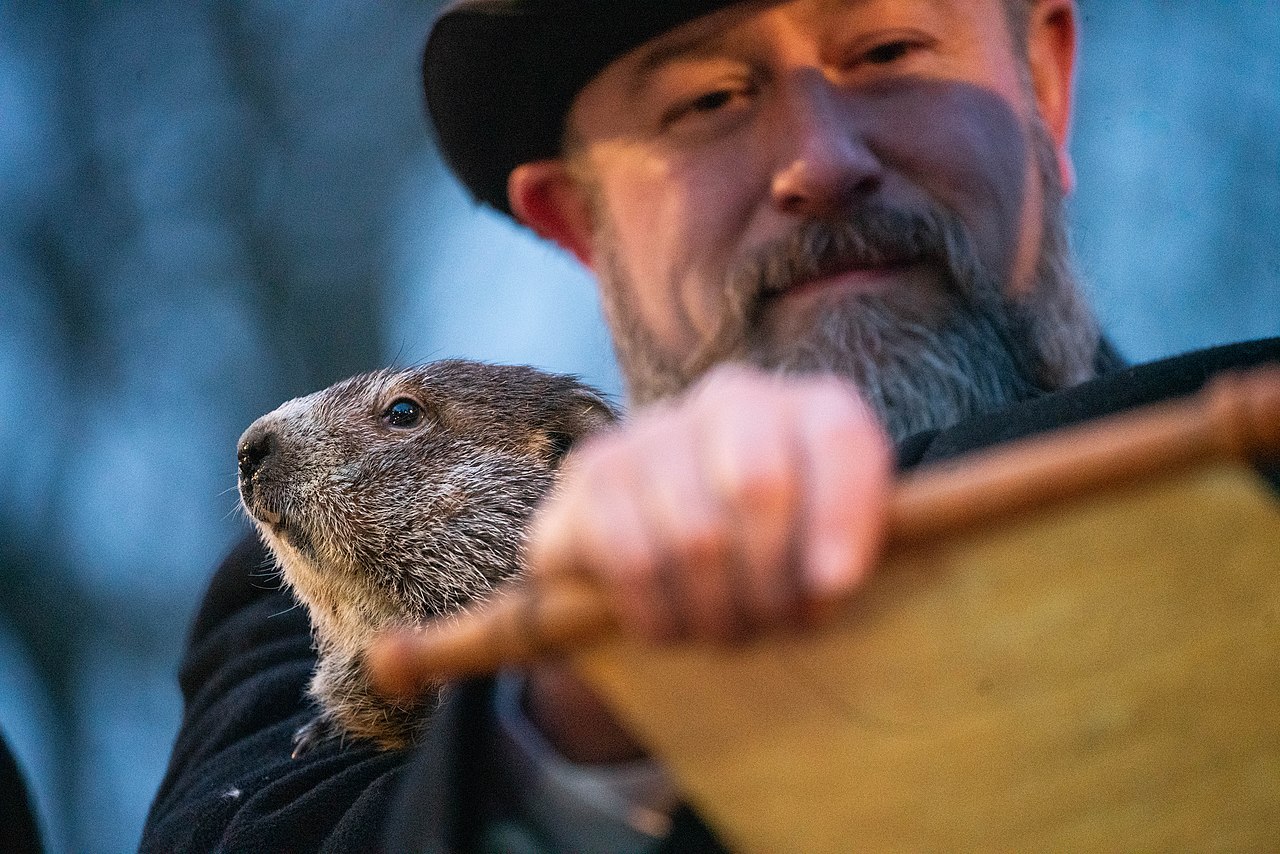 Anthony Quintano, CC BY 2.0, Wikimedia Commons
Anthony Quintano, CC BY 2.0, Wikimedia Commons
The Science Behind Waking A Groundhog Early
As groundhogs are hibernatory animals, their body's metabolism has to work that much harder to get them ready to wake up, by raising their body temperature to compensate for the reduced temperatures they'll be exposed to. The speeding up of this process causes an increase in blood flow so suddenly that it can cause damage to their organs. The groundhogs also won't have the same access to resources to resume hibernation. Whether or not we should celebrate this beloved and much-watched tradition is a point of contention, but the possibility of it being harmful to our furry friends is worth considering.
What did your resident weather-prognosticator say? Six more weeks of winter, or are you in for an early Spring? Let us know in the comments below.
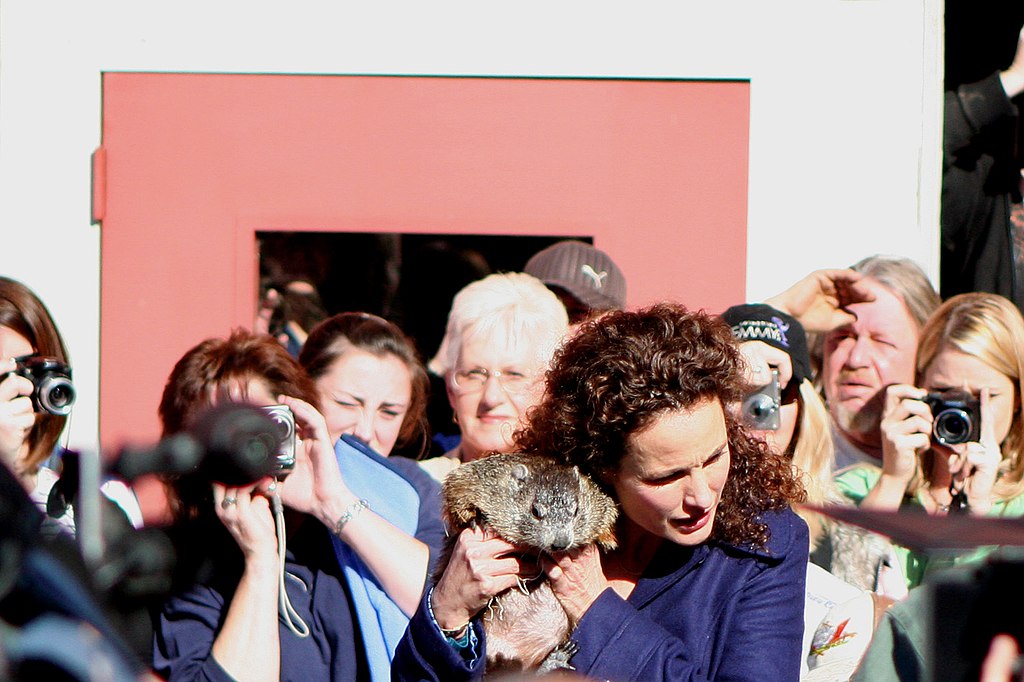 anoldent , CC BY-SA 2.0, Wikimedia Commons
anoldent , CC BY-SA 2.0, Wikimedia Commons
You May Also Like:
Weird Thanksgiving Traditions Americans Think Are Normal
Foods You Didn't Realize Were Invented In America
The World's Most Expensive Sculptures
Sources:
Groundhog Day: Origins Of A Modern Celebration
Groundhog Day: History And Facts



